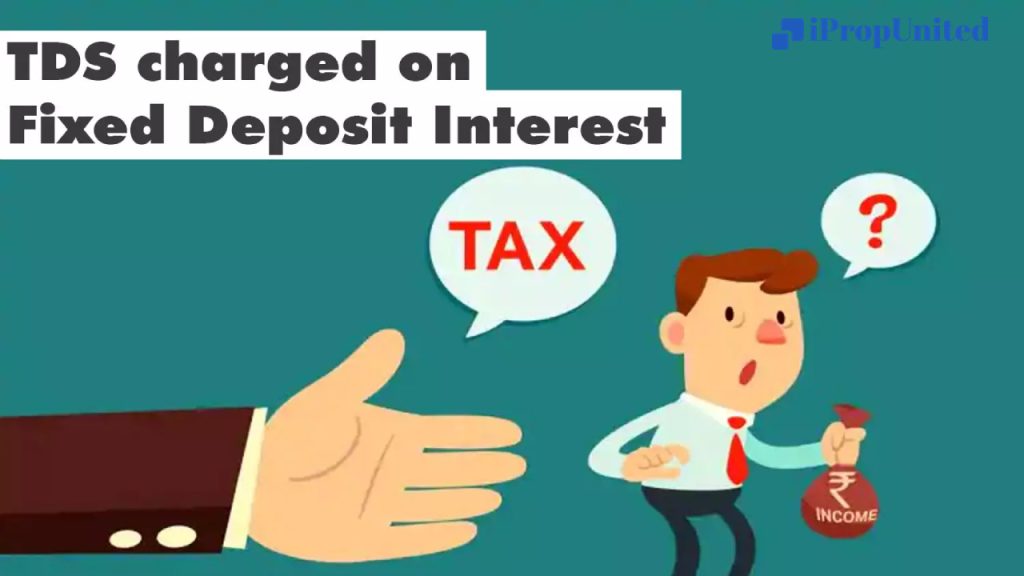Like other earnings, the interest you gain from investing also applies to tax deductions, also called TDS on FD, which vary from instrument to instrument. Certain financial tools, such as PPF and various life insurance policies, are tax-saving havens. In contrast, some are heavily taxed based on the nature of their earnings, such as income from the equity stock market. Before delving into how TDS affects your fixed deposit investment earnings, let’s go over the basics.

What is a Fixed Deposit?
With this income-generating tool, you can park your savings and extra income at a fixed rate of interest that will apply for the duration of your choice. This investment option is the safest for long-term financial goals because it has a low risk tolerance and an interest rate that isn’t affected by market fluctuations. The principal amount and interest that have accumulated over the term are given to the investor at maturity.
What is TDS?
The concept of deducting tax from an individual’s source of income is referred to as tax deducted at source (TDS). The Income Tax Department of the Indian Government centrally oversees this procedure. However, the deductee whose income has been taxed can get the amount deducted by submitting the Form 26AS or TDS certificate issued by the deductor when filing income tax returns. The interest received on fixed deposits is entirely subject to TDS.
All about TDS on FD investments
All fixed deposits provided by banks and NBFCs are tax deductible. For different age groups, different interest deduction thresholds are applicable.
TDS on Bank FDs
Interest income is taxable if it exceeds Rs 40,000 for citizens under the age of 60 and up to Rs 50,000 for senior citizens. TDS is deducted at the rate of 10%.
TDS on non-bank (NBFC) FDs
The tax deduction threshold for non-banking finance company (NBFC) FDs is Rs 5,000. If the earnings on a company FD exceed Rs 5,000, the interest will be taxable. TDS is deducted at a rate of 10%. However, if you fail to provide your bank or NBFC with your PAN information and your interest on FDs exceeds the aforementioned amount, 20% of the interest will be deducted as TDS.
Indian citizens pay 10 and 30% less TDS than their NRI counterparts, respectively. To request tax benefits in either situation, you can submit Form 15G or Form 15H at the beginning of the fiscal year.
You can either submit supporting documentation or file for a TDS return later if your overall income is below the tax slab threshold.
About Form 15G and 15H
Your income must be below the minimum tax slab for the specific financial year, according to Forms 15G and 15H. If their total investment income does not exceed RS 2,50,000, citizens over 60 are also exempt from paying TDS on interest earned on fixed deposits. They only have to submit Form 15H. You can request a TDS refund on fixed deposit income when filing your yearly tax returns if the TDS has been applied and your overall income is below the minimum tax threshold.
You can now start your investment journey and plan to manage tax deduction wisely with this information.
Follow and Connect with us: Twitter, Facebook, Linkedin, Instagram








